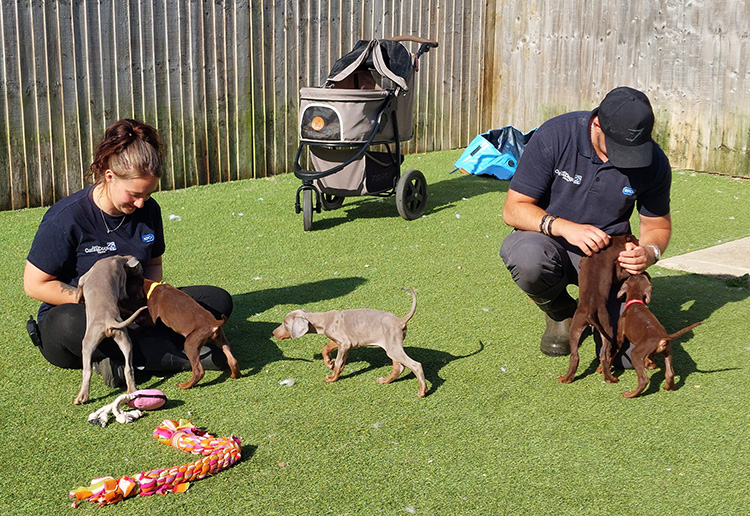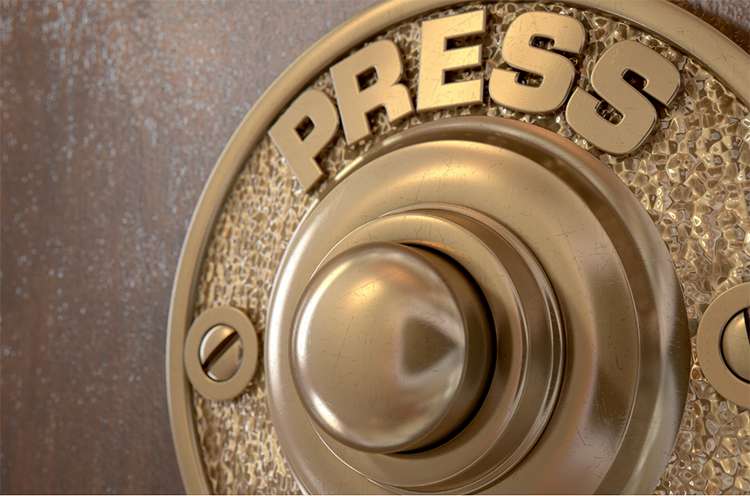New cat
How to set up your home to help your new cat settle in quickly
Cats, Adopters, Cat behaviour, Kitten

Once puppies become a little older, they react fearfully to things they don’t recognise, and become much more difficult to socialise. They may develop other undesirable behaviours due to their fears, and their lives become unnecessarily stressful. This is such an important subject it is impossible to do it justice here, but it is well worth doing further research and making a socialising diary or log to ensure your puppy gets a broad and balanced education.
The crucial phase is between about 4 weeks and 4 months of age.
We start the process at the rehoming centre, but it is important to continue to socialise your puppy for the rest of their life. This means carefully introducing them to new people (range of ages and appearances), animals, smells, sounds, sights and tastes. If they are not yet fully vaccinated, you should carry them, so they are not in contact with ground where unvaccinated dogs have been. They can still meet and experience most things from the safety of your arms.
LINK » Watch our video showing puppy enrichment at Bath Cats and Dogs Home
Never force an interaction and keep an eye out for those calming signals, if they appear nervous or unsure then give them a break from the situation. We want your puppy to feel relaxed and positive about situations, not overwhelmed.
» Read our article: Puppy introductions: Body language and cues

Make a point of allowing them to see friendly people with beards, walking sticks, big hats and skateboards while you have your puppy – the more variety the better!
Start to get them used to traffic at a distance at first, and slowly build this up until your puppy is relaxed and comfortable, you can pair walking along pavements with tasty treats to help keep puppy focused and enjoying the experience.
Remember also, they may not have lived in a house before so all the things we take for granted (washing machines, doorbells etc.) may be very strange to them.
At the rehoming centre we play household sounds on at a low volume during playtimes to make the noises just regular background noise not to be worried about. Use CDs and sound files for other potentially scary noises like thunder and fireworks. It is important to start on a very low volume, only increasing as your puppy/dog seems very happy, and always pair the noises with a tasty Kong or play session to distract the focus.